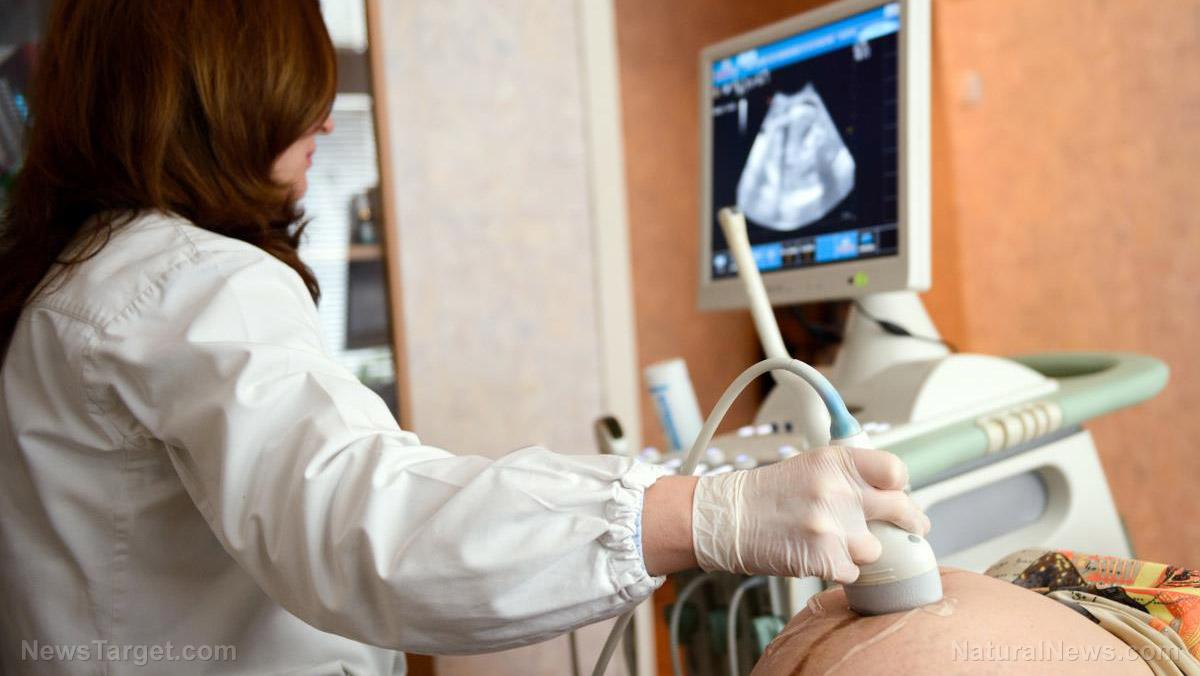Medical experts do NOT recommend routine screening for ovarian cancer; false positives will lead to unnecessary life-altering surgery for many women
03/05/2018 / By Jhoanna Robinson

Despite the notoriously hard-to-diagnose ovarian cancer causing the death of around 14,000 women each year (as it is often identified too late), the United States Preventive Service Task Force has discovered that routine checkups can lead to too many false positives.
In an editorial for the Journal of the American Association, University of Texas gynecologist Dr. Karen H. Lu wrote: “With such a clear unmet need and research commitment, it is important to ask the following questions: Why has it not been possible to delineate an effective screening strategy for ovarian cancer? Is an effective strategy close at hand?”
The ovaries are a major part of the reproductive system in women, as they are responsible for the manufacture and storage of eggs. Ovarian cancer, which is usually acquired by women over the age of 45, is the fifth leading cause of cancer death among women in the United States. Symptoms of ovarian cancer can be confused with the symptoms of other less serious conditions such as abdominal pain or pressure.
Ovarian cancer is diagnosed via a blood test to look for a marker called CA-125 that is linked with ovarian cancer. Checking CA-125 levels, however, has been found to not be very useful in identifying ovarian cancer in women. This is because other common conditions can also cause the rise in the levels of CA-125. Also, not everyone who has ovarian cancer has high levels of CA-125. (Related: Ovarian cancer screenings are essentially useless.)
It can also be screened via a transvaginal ultrasound (TVSU) that looks for any abnormalities in the ovaries. TVSU is a test that utilizes sound waves to examine the uterus, ovaries, and fallopian tubes by putting an ultrasound wand inside the vagina. It can identify if there is a tumor in the ovary, but it can’t actually tell if a mass is malignant or benign.

The task force recommends that women should not undergo such procedures (blood test and ultrasound) if they don’t have symptoms of ovarian cancer and if they don’t have a history of such cancer in their family. The task force said screening with ultrasound, CA-125 testing, or both, did not necessarily lessen the death rates in women who had ovarian cancer. They only led to an increased risk of false positives, which further resulted in unnecessary treatment, such as more testing and surgeries.
Is there a way for ovarian cancer to be diagnosed early?
It can be beneficial for women to undergo pelvic exams. During a pelvic exam, the health care professional naturally examines the ovaries and uterus for size, shape, and consistency. This procedure can find a reproductive cancer at an early stage, and it can help identify other gynecologic conditions.
Pap tests can also help identify ovarian cancer, but usually, it is only identified via this method if the cancer is already at an advanced state.
For more stories on women’s general well-being and overall soundness, visit WomensHealth.news.
Sources include:
Submit a correction >>
Tagged Under:
abdominal pain, CA-125, cancer, cancer death, fallopian tubes, Ovarian Cancer, ovarian cancer screenings, ovaries, pelvic exams, screening, transvaginal ultrasound, uterus
This article may contain statements that reflect the opinion of the author




















